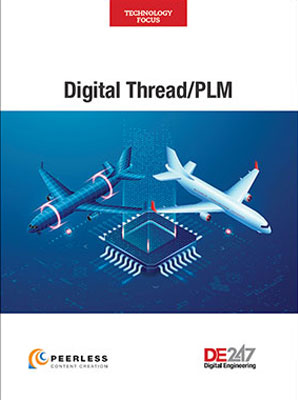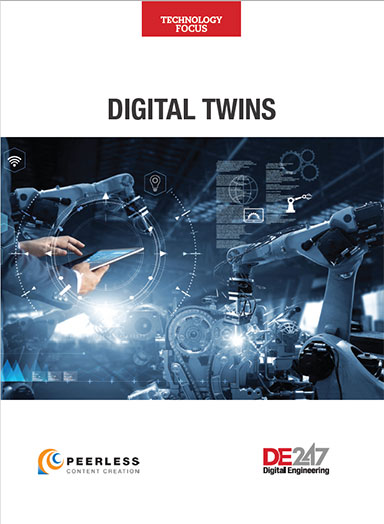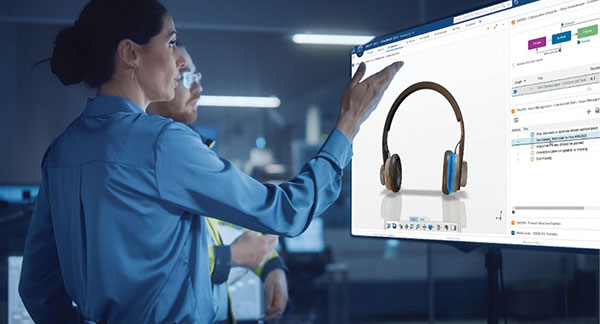
Fig. 1: PLM technology provides access to data from multiple sources, facilitating multidiscipline collaboration. These systems promise to deliver the visibility that will help electronics companies contend with early obsolescence and end-of-life events. Image courtesy of Dassault Systèmes.
Latest News
August 9, 2023
The rapid proliferation of electronics over the past several decades has brought with it a wave of dramatic changes in the industry’s engineering and market dynamics. These disruptions present electronics companies and their supply chain partners with challenges to their ability to manage the lifecycle of their products.
To appreciate what these changes mean for the industry’s key processes, it helps to examine the abilities and limitations of today’s product lifecycle management (PLM) platforms to overcome the obstacles. This requires a clear understanding of the challenges with which PLM systems must contend, trends such as changes in hardware and software roles, early obsolescence, right-to-repair demands, government sustainability mandates and digitization.
Software Changes Everything
Perhaps the chief obstruction to PLM platforms’ entry into the electronics industry stems from the growing importance of software. To a large extent, embedded or runtime software defines the features and functionality of today’s consumer and industrial products. Unfortunately, software development has a metabolism that differs greatly from that of hardware, and traditional PLM platforms were not designed to handle this technology.
In the past, hardware-oriented engineering resources were paramount in product development. Commercial PLM systems historically had their roots in mechanical design tools, in many cases starting with mechanical design product data management (PDM). The original intent was to provide controls and enable collaboration across large mechanical designs. These systems evolved to drive workflows, span multiple disciplines and enable collaboration beyond the engineering teams, ultimately transforming PDM to PLM.
Despite these changes, PLM has made limited inroads into the electronics design and development sector.
“The electronics lifecycle management has largely been incorporated into PLM to address nontechnical roles of product development, with very little contact with the engineers in the electronics domain,” says Mark Hepburn, product engineering group director at Cadence.
“As the criticality of PLM has grown, it has tended to intersect electronics at the manufacturing and supply chain levels. This has resulted in many electronics companies having limited connectivity to PLM, with many organizations using an over-the-wall approach, where periodically a file-based bill of material (BOM) and various supporting files are manually handed off. Additionally, electronics engineers have perceived very little value in PLM, largely viewing the process as overhead, with little advantage realized in their toolchains or productivity,” he adds.
PLM platform developers, however, constantly add tools and functions aimed to improve electronics design services. These enhancements have begun to open new pathways into the development process.
For example, Cadence has seen—largely due to the supply chain and manufacturing aspects—that PLM first works its way into the printed circuit board segment of the electronics market. This is due to the criticality of the building operation modeling, the vast number of product variants driving geographic and even functional derivatives of the BOM. The value proposition, however, becomes more vague as you approach semiconductor and integrated circuit design.
Early Obsolescence’s Domino Effect
The rapid obsolescence characteristic of today’s electronics also poses a challenge for PLM platforms by adding a layer of complexity to lifecycle management.
“It’s no longer about handing down long-lasting equipment like that killer tube amp from the ’70s and speakers to your kid,” says Marie McCarthy, consumer electronics global business unit director at Centric Software. “The new dynamic amplifies challenges related to compliance, multisite manufacturing logistics and dual sourcing challenges, inflating costs for products with fleeting market lifespans.”
For design teams, the impact of early obsolescence begins at the component level. [Watch this video.]
The issue is that components often have shorter lifecycles than the products into which they are designed. There have even been instances where a component became obsolete before the product in which it resided was released to production.
To contend with the issues that arise at this level of early obsolescence, development teams must come to terms with component replacement and substitution constraints, which can be based on the original board design, customer requirements, drop-in versus redesign options, impact of semiconductor die changes on functionality (e.g., noise susceptibility, drive capability, signal integrity and different edge rates) and supply issues for the product’s lifespan.
The fact is that early obsolescence and end-of-life events compound the design challenges that engineers must overcome to maintain and extend the operating life of end products. Chip and board redesigns are costly and time-consuming, and very often, such reworkings require recertification and replacement of multiple components to maintain compatibility between devices.
Finding the best engineering and business solutions to meet all requirements during an end-of-life event often presents a complex decision point at which all of the previously mentioned challenges come together (Fig. 1).
PLM platforms, however, have evolved from their original form and have begun to grow into a role that helps the decision-making processes as users can tap multiple data sources and enhance visibility.
“Prior to PLM-based approaches, obsolescence was largely a ‘rearview mirror’ analysis, with companies having to react tactically after the problem was actively impacting the products,” says Hepburn. “But the obsolescence issue has been a key driver in the adoption of PLM into electronics.
“Outside of the core engineering domains, PLM provides the visibility to understand the impact of component availability, enabling more predictive techniques to manage the problems,” Hepburn adds, noting that PLM also enables impact analysis to determine what other products will be affected and how. “What is the impact beyond just procuring a suitable replacement? Technically, will it work? How much redesign is needed? PLM can assist with addressing such issues by establishing collaborative workflows enabled by data-driven decision-making.”
Right-to-Repair Can be a Double-Edged Sword
Another challenge confronting electronics design teams is the growing demand for “right to repair.” This trend places more pressure on electronics companies trying to better manage their products’ lifecycles. It also adds another layer of complexity to the tasks performed by platforms like PLM.
At the same time, the trend presents PLM developers with an opportunity to offer more value to electronics providers and their design teams. In doing so, it opens yet another entry point for PLM vendors seeking to carve out a niche in the electronics space.
Until now, the problem has been that consumers and third-party repair services have been denied the information, parts and tools required to repair or customize electronics. Right-to-repair advocates seek to remedy the situation by achieving several changes that can be implemented through new laws or a shift in buyer expectations.
Two changes involve the availability of resources, with right-to-repair proponents asking electronics companies to provide reasonable access to manuals, schematics and software updates, as well as the parts and tools required to service devices, including diagnostic tools.
PLM platforms can help with both goals.
“Effectively addressing these demands necessitates a holistic approach that takes into account both upstream and downstream processes,” says McCarthy. “Upstream, we need to consider the identification and tracking of field replaceable units and embed relevant instructions within the PLM system. Downstream, it’s crucial to manage spare parts availability without directly affecting BOM costs, which implies the need for a robust and responsive supply chain management system.”
More importantly, according to McCarthy, it is necessary for PLM systems to interface with other systems, so that all relevant parties have access to critical information. What is important is that PLM can collect, analyze and distribute relevant data. Meeting these requirements plays directly to PLM’s strengths.
“PLM systems must track multiple views, such as design or EBOM [engineering bill of materials], MBOM [manufacturing bill of materials], service BOM or spare parts BOM,” says John Kelley, vice president of PLM product strategy at Oracle. “Spare parts or replacement parts need to be forecasted, stocked, and sold via omni-channel commerce” (Fig. 2).

Another goal of right-to-repair advocates is that electronics companies ensure that device and component designs make repair possible (Fig. 3).
“Right to repair involves juggling design specifications, and that requires multidisciplinary engineering collaboration,” says Hepburn. “For example, the requirement that an OLED screen can be easily replaced will drive major mechanical design considerations that must be worked out by the mechanical and electronics domains to ensure overall functional requirements are met.”
Another design area where PLM adds value are the PLM quality management modules.
“The design of the next product generation to meet more stringent right-to-repair requirements can be heavily influenced by what must be repaired and the common failure points,” says Hepburn. “This information can be fed back through the collaborative PLM process to influence the design of the next generation. Additional requirements will filter through the use of PLM documentation, which can be used in third-party repair, component selection and availability, such that repair vendors gain access to the repair parts.
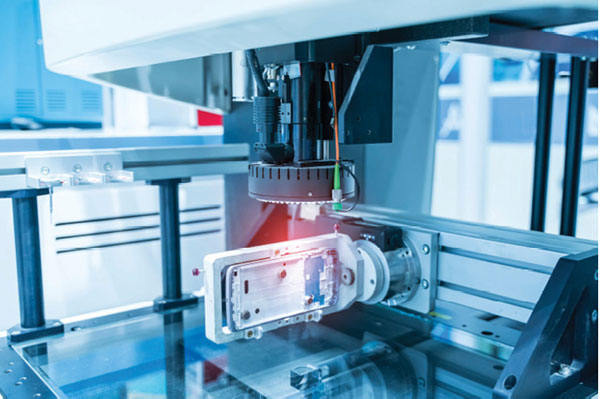
Fig. 3: To meet demand for “right to repair” designs, manufacturing and assembly specifications must account for component placement with repairability in mind. Image courtesy of Dassault Systèmes.
Diverse Requirements Complicate Compliance
Another challenge facing electronics producers is the rise of government e-waste and sustainability mandates. The introduction of these directives sparked considerable upheaval in the electronics industry, as companies struggled to adapt to the evolving requirements. Tracking and applying standards across diverse product structures has proven to be difficult because of variations in manufacturing locations, product variants and site-specific BOMs.
One approach to meeting the challenges faced by companies seeking to achieve compliance has been to leverage the expertise of other companies in the field.
“Over time, compliance-specific solutions, like Ascent, have emerged to aggregate supply chain data and keep abreast of compliance changes,” says McCarthy. “Similarly, Silicon Expert emerged as a trusted source for compliance information. Many PLM providers have chosen to integrate with service providers who can consume product information and report back using industry standard formats and APIs [application programming interfaces]. A persisting challenge, however, has been generating compliance data for custom equipment, which often falls outside the purview of these databases.”
Another approach to address compliance data requirements is to leverage PLM’s evolving technology.
“Sustainability in terms of materials and chemicals used in electronics does create very interesting opportunities for the PLM users and vendors,” says Pawel Z. Chadzynski, director of product marketing at Aras. “Much of this has to do with traceable aggregation of certain parametric data, such as a product’s carbon dioxide emissions. It is the ability of a PLM platform to integrate with other sources of information regarding the aggregation that promises to make the technology so valuable” (Fig. 4).
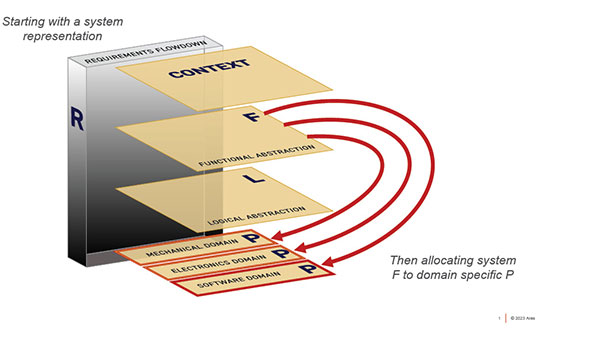
Many PLM vendors now have tightly integrated offerings for governance, providing access to material compliance data, visibility to track usage and features to manage exposure to potential problems (Fig. 5).
Most companies are driving toward product platforms, with variation across geographic regions.
“Regulations are very different in the four corners of the world,” says Hepburn. “PLM provides management capabilities to handle functional variation, manufacturing variation, as well as compliance changes in various regions. This is filtering down to electronics design in the form of real-time analytics to inform engineers at the point of design of possible compliance, cost or even supply chain risks. For example, electronic component libraries must keep up to date with such information so the CAD tools are working with the most accurate data available.”
Despite PLM providers’ efforts to meet these unique requirements, however, compliance is still a challenge for many manufacturers.
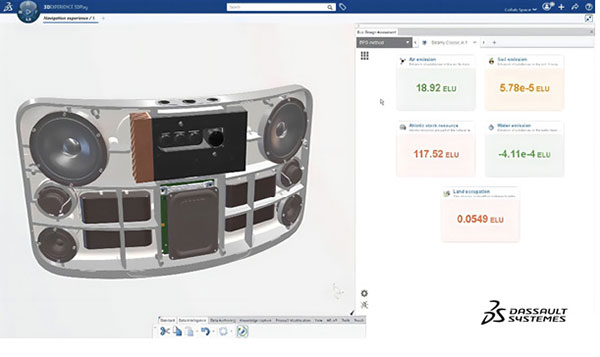
Fig. 5: Product lifecycle assessment tools can assist electronic companies to ensure compliance with government sustainability directives by quantifying and displaying environmental factors such as carbon output, energy consumption, and air, soil and water emissions over the lifetime of the product, including the manufacturing process. Image courtesy of Dassault Systèmes.
Closing the Gap Is Key
Cross-industry demand for superior, cost-effective products delivered in shorter time frames has led to a significant PLM system evolution. These improvements are helping PLM to increase its presence in the electronics sector.
These advances are in part being driven by the use of advanced digital technologies making their way into the mainstream.
“PLM platforms now leverage AR [augmented reality], VR [virtual reality], IoT [Internet of Things] and AI to simulate product performance and explore design issues via digital twins,” says McCarthy. “This enables intuitive problem-solving and an enhanced overall customer experience. Furthermore, these systems feed insights gleaned from customer-engagement platforms, content management systems and knowledge bases into front-end PLM processes, such as ideation, requirements management, portfolio management and design for cost. By focusing on design reuse and cost of change, companies can improve products in a cost-effective and transparent process.”
That said, electronics innovation is largely built around software. The disconnect that still exists between hardware-centric PLM systems and software development systems amplifies the complexity inherent in establishing a single record of truth that straddles the two technology realms. Continuing gaps between software and hardware data and development tools mitigates the effectiveness of advanced technologies such as digital threads and digital twins.
This can be seen by examining today’s data pathways. “In the digital thread, we see electronics as a blind spot in many companies’ PLM initiative, and it is a problem they want to solve,” says Hepburn.
Leading PLM providers contend that the way to eliminate the blind spots is to find ways to deliver value directly to electronics engineers so that PLM becomes a productivity enhancement while simultaneously increasing multidiscipline collaboration and visibility.
“The objective is to make PLM integral to the design tools, augmenting the tools with useful information from PLM—such as component availability and risk—and bringing cross-discipline collaboration into the tools workflows,” says Hepburn. “An example of this would be informing engineers inside their tools of changes and impacts to their designs, such as a mechanical enclosure change that impacts the PCB layout. By automating the ECAD/MCAD collaboration from within the respective mechanical and electronics solutions, engineers derive direct value in solving their problems, increasing productivity and enabling higher levels of enterprise visibility.”
The challenge, therefore, lies in seamlessly harmonizing these elements to prevent integration failure, ensuring that each subsystem not only functions efficiently on its own, but also cohesively as part of the broader product ecosystem.
More Aras Coverage
More Cadence Coverage
More Oracle Coverage
Subscribe to our FREE magazine, FREE email newsletters or both!
Latest News





